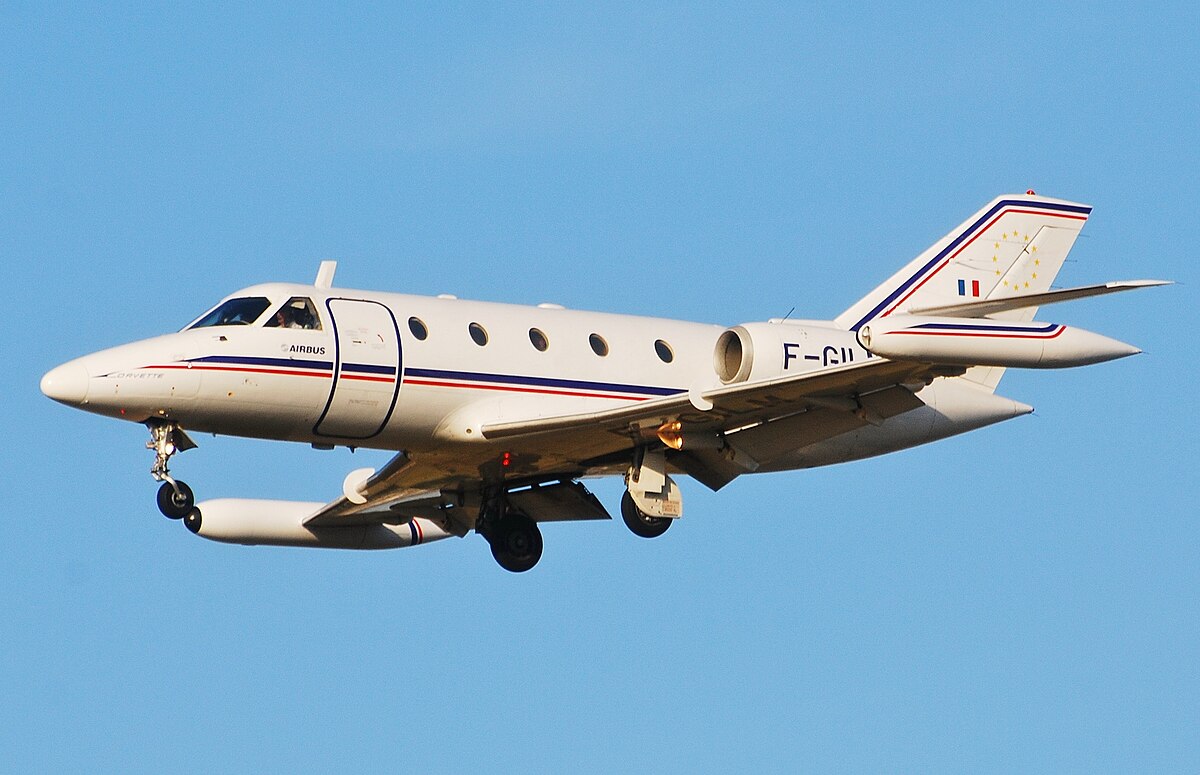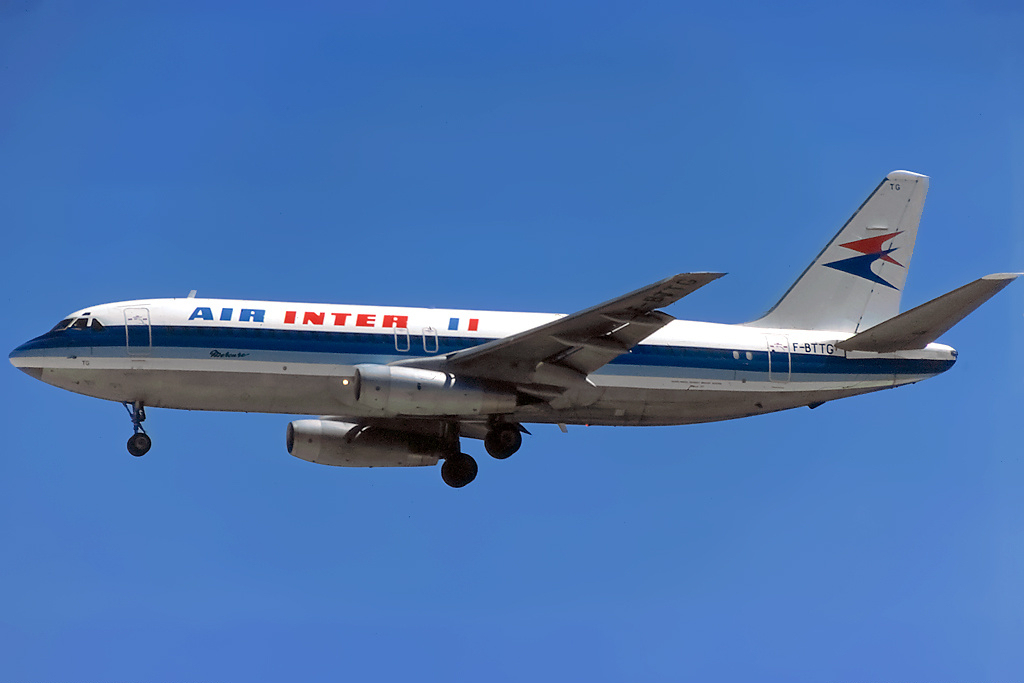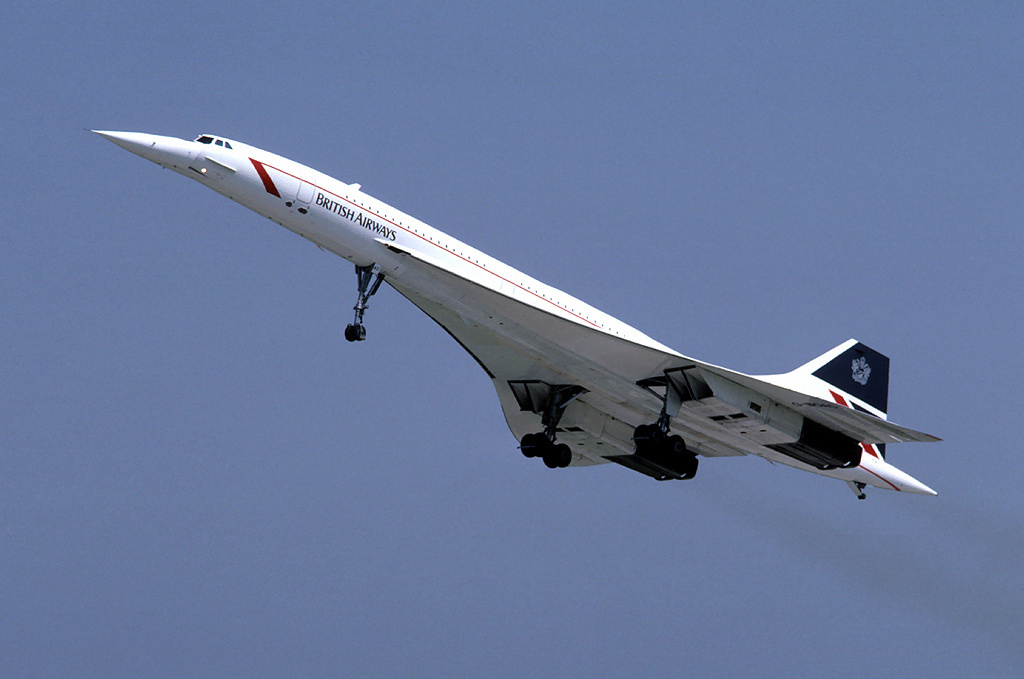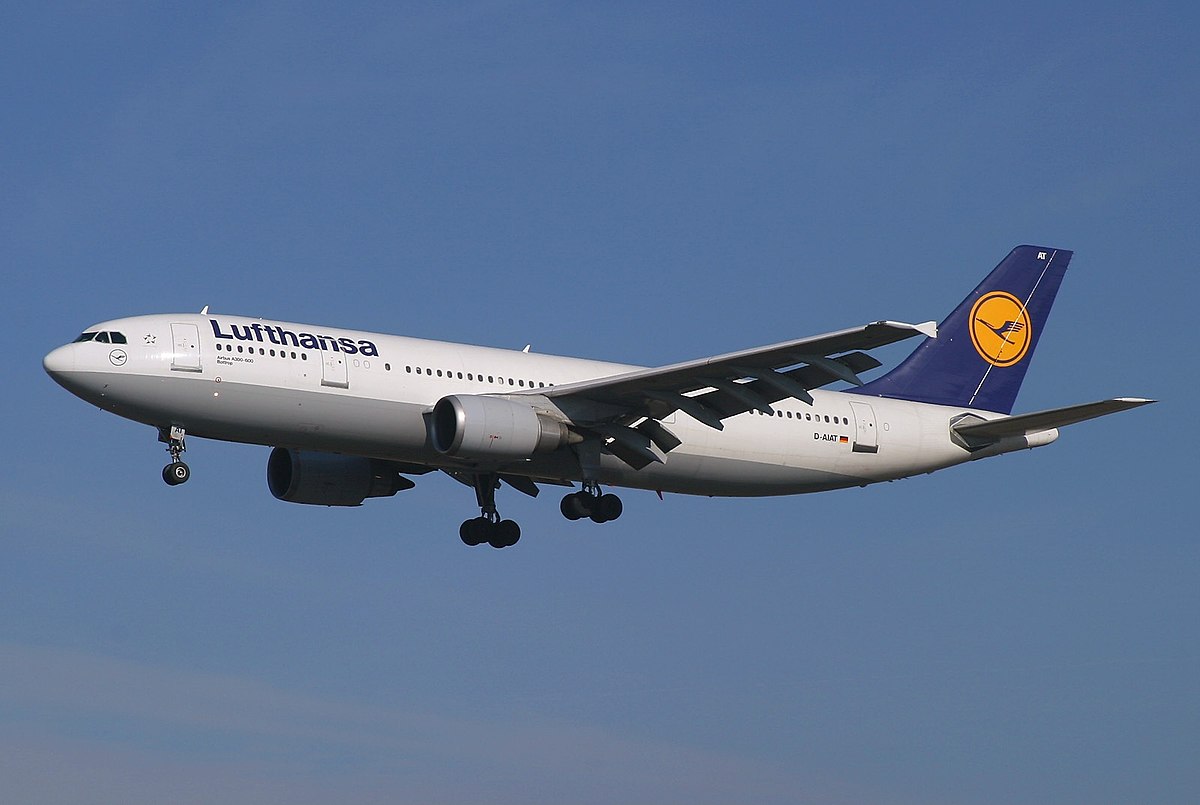In a similar vein is it true that the Saudis paid for their Tornados in oil?
Up to 600,000 barrels (95,000 m3) of crude oil per day apparently for the entire Al Yamamah 1 deal.
I've also heard that BAC proposed the BAC.211 and Hawker Siddeley proposed the HS.132 & 134 (which were effectively the Boeing 757 a decade earlier than the 757) as alternatives to the 727 and Trident 3. Is that correct?
BAC 2-11 began in 1966/67, a scaled up 1-11 that ended up with 2x RB.211-08 and 219 passengers. Development costs were £60mil plus RB.211 costs. BEA said they loved it (quieter, lower operating costs, better airfield performance) and wished it had of been available earlier and would not have ordered the 727s. In Early 1967 BEA wanted Treasury permission for 30 with 10 options, Laker wanted 2, Autair wanted 3. BAC reckoned they could sell 250-300. Shorts were lining up to build the rear fuselage, Sud building the wings (a 30-35% stake). But the Labour government dragged its heels until the Plowden Report came out. Then they decided not to back it given the high R&D costs and doubts over the market size.
BEA threw the toys out the pram and wanted 727s pronto, Gov't said "no" and so they got 26 Trident 3 with the booster engine set up (total production just 28 - 26 for BEA and 2 for China....).
In some defence, yes the nearly identical sized 757 sold 1,000+ a decade later but a lot can happen in a decade and, well 45 aircraft for UK carriers is about 950 short... would they really smash the US market with the 2-11? And of course the RB.211 debacle in 1970-71 might have scuppered the 2-11 entirely anyway.
HS.132 was the 'Bident', a 1964 project to fit 2x RB.178-14H to give the Trident a 144,500lb AUW with a 24ft fuselage stretch for 164 passengers. Trident parts made up 60% and HSA reckoned it would cost £30mil to develop. Later came the HS.132B, C and D for 180, 192 and 219 passengers. Basically the Trident was stretched to the max. France was approached to cooperate but BEA felt it was too small for their needs (HSA even thought about double-decker Tridents!).
HS.134 of 1966 was the result, a new wing with underwing RB.178s, 183 passengers, in 1967 this grew to 28,000lb RB.207s and 210 passengers. It was basically the 757 a decade earlier - it even looked like the 757! But without a European partner it went nowhere and BEA was keener on the 2-11.

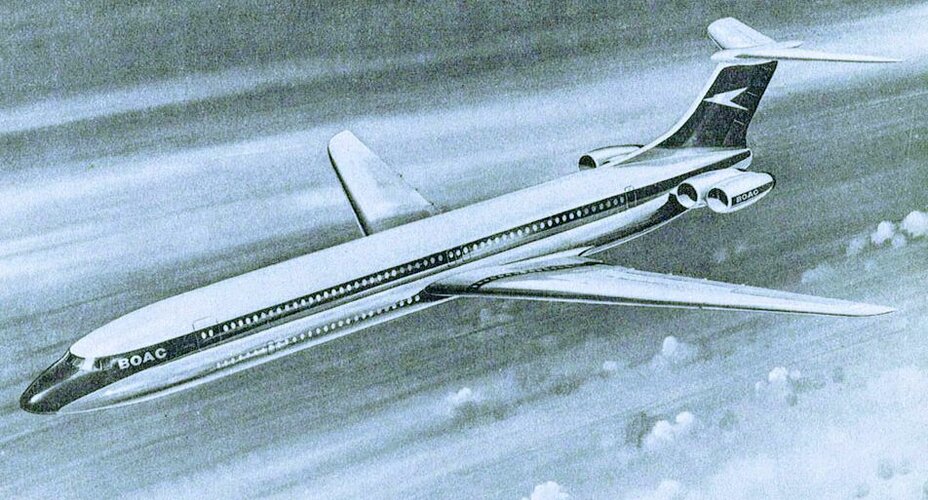

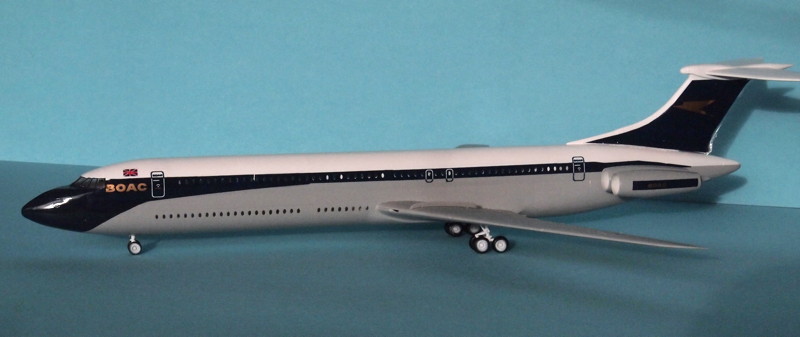
![HS[1].134.JPG HS[1].134.JPG](https://www.secretprojects.co.uk/data/attachments/220/220786-5cedabbba9d7b0d6b0e2133cf2fd3d51.jpg)
